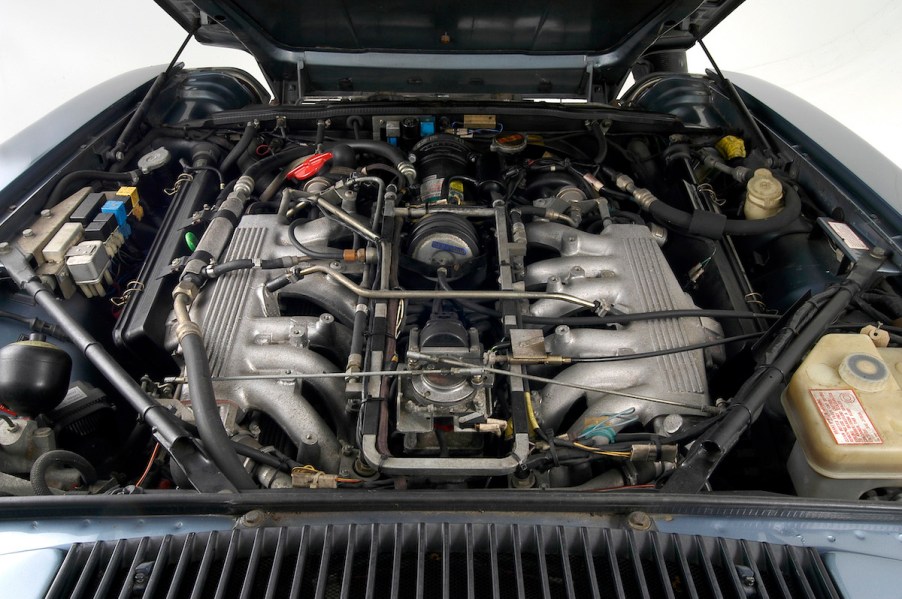
Is It Time to Replace Your Car’s Timing Belt?
You can likely imagine several things happening simultaneously inside your car’s engine. The injectors deliver fuel to the cylinder, intake and exhaust valves close, and the piston compresses the fuel and air mixture until ignited by a spark delivered by the ignition system. These activities require perfect timing, and your car’s timing belt is a significant part of keeping your vehicle running smoothly.
What is a timing belt?

Your car’s timing belt keeps the valves’ opening and closing sequences synchronized with piston strokes. Most automobile engines operate on a four-stroke cycle; intake, compression, power, and exhaust describe two revolutions of the crankshaft and the piston falling, rising, falling, and rising again.
This cycle must be in time with the valve timing controlled by the camshaft opening and closing intake and exhaust valves. Your car’s timing belt is a toothed rubber belt. It ties the crankshaft and camshaft together, and it needs periodic replacement.
How often should you replace your car’s timing belt?
Family Handyman points out there’s “no simple answer” for knowing how often you should replace your car’s timing belt. Your car’s owner’s manual is a good resource for scheduled maintenance.
Different automakers have varying requirements. “Some manufacturers recommend replacing the timing belt every 30,000 miles, while others suggest 120,000 miles” before requiring replacement, Family Handyman explains.
What are the signs of a timing belt going bad?
You might notice your car losing some power as it accumulates miles. A tune-up might fix the issue, but if you hear squeaking or ticking noises near the front of the engine while it’s running, it could be the timing belt. The most definitive way to tell if the part needs changing is to inspect it by removing the belt cover.
If you possess the skills and your car’s design makes it possible, visual inspection is relatively straightforward. Follow the directions in a service manual matching your car’s make and model. If you find cracks, missing pieces, worn teeth, rounded edges, or other signs of wear, replace the belt.
How much does it cost to replace a belt?
Kelley Blue Book says timing belt replacement prices range from $367 to $585. KBB notes the cost of the part isn’t expensive, but labor makes up the bulk of the price. Your location in a large city or rural area makes a difference, as does your vehicle. For example, “smaller passenger cars with smaller engines are generally less expensive than a larger vehicle with a bigger engine,” KBB says.
Family Handyman says replacing your timing belt is best left to professionals. That’s because it’s a complicated job often requiring special tools. And an incorrectly installed belt can damage your car’s engine. Though KBB says the part isn’t expensive, Family Handyman recommends buying a belt replacement kit. Depending on the vehicle, they range from $100 to $500, including the belt, a water pump, and required gaskets and seals.
Is it worth it to replace the belt?
The value of replacing your car’s timing belt lies in preventing significant damage to the engine. In some engines, a failed belt causes contact between valves and pistons, leading to the need for a costly engine rebuild or replacement. Inspecting or replacing the belt as directed by the manufacturer is an inexpensive way to get more life out of your car.



